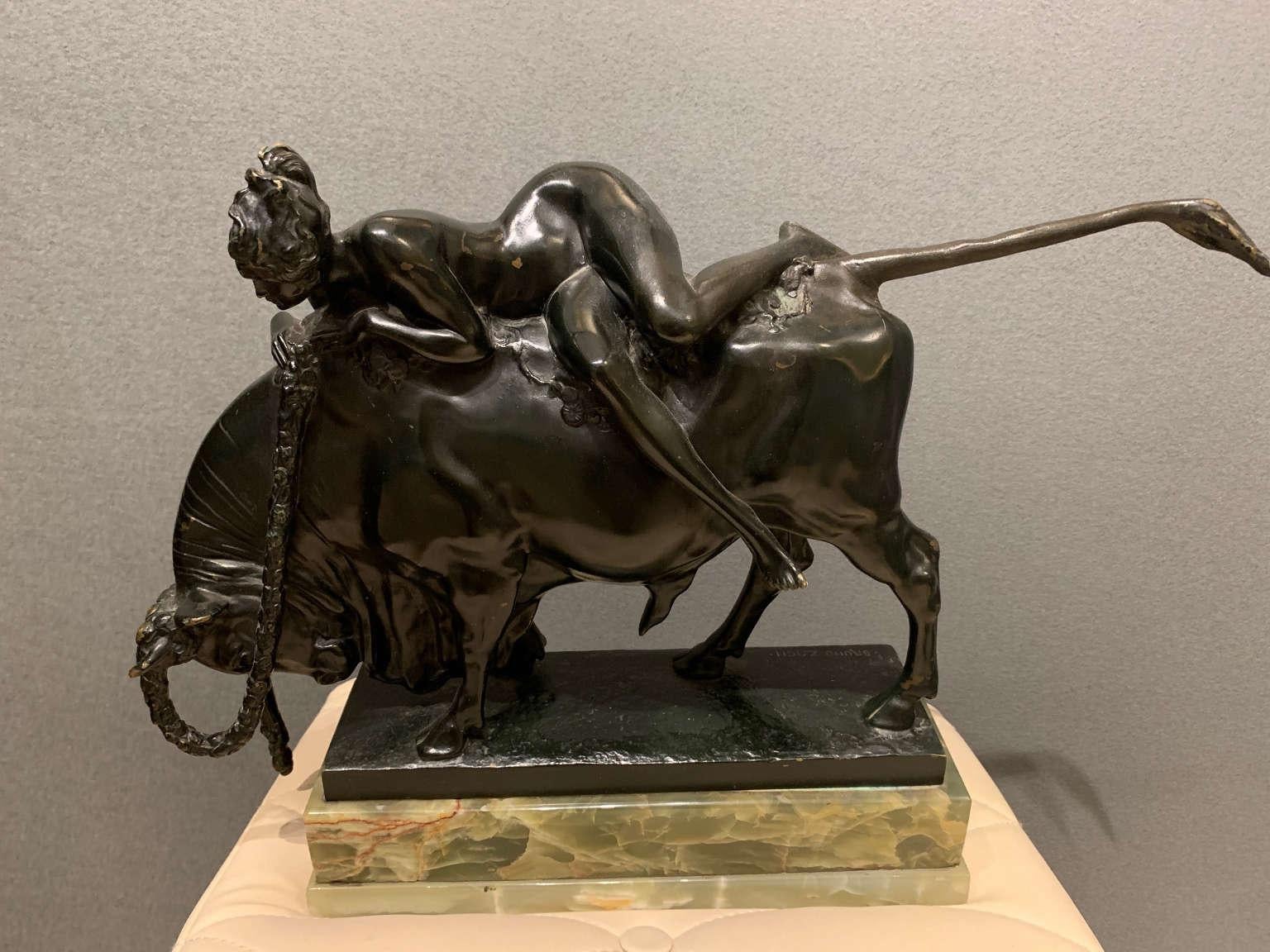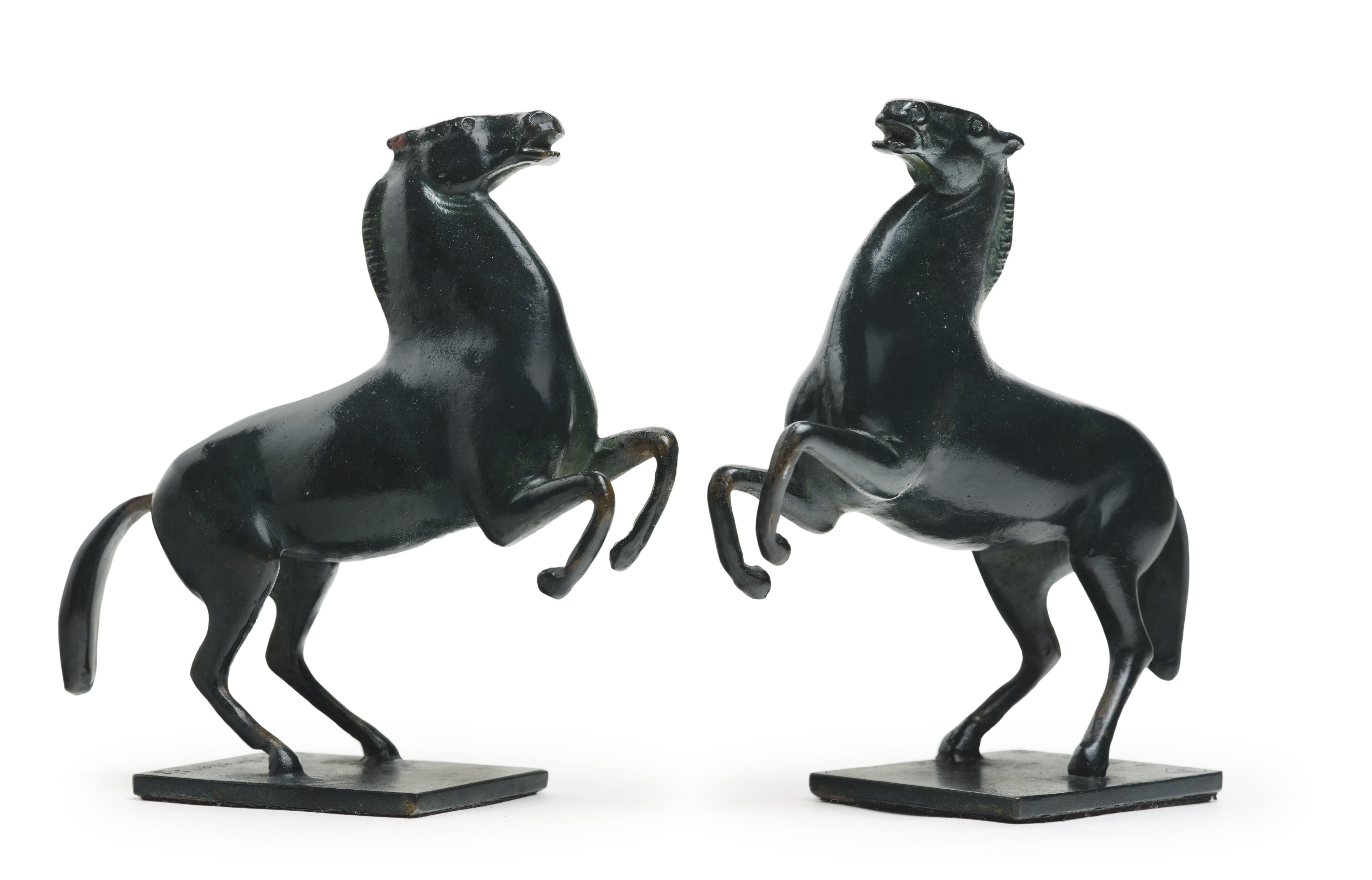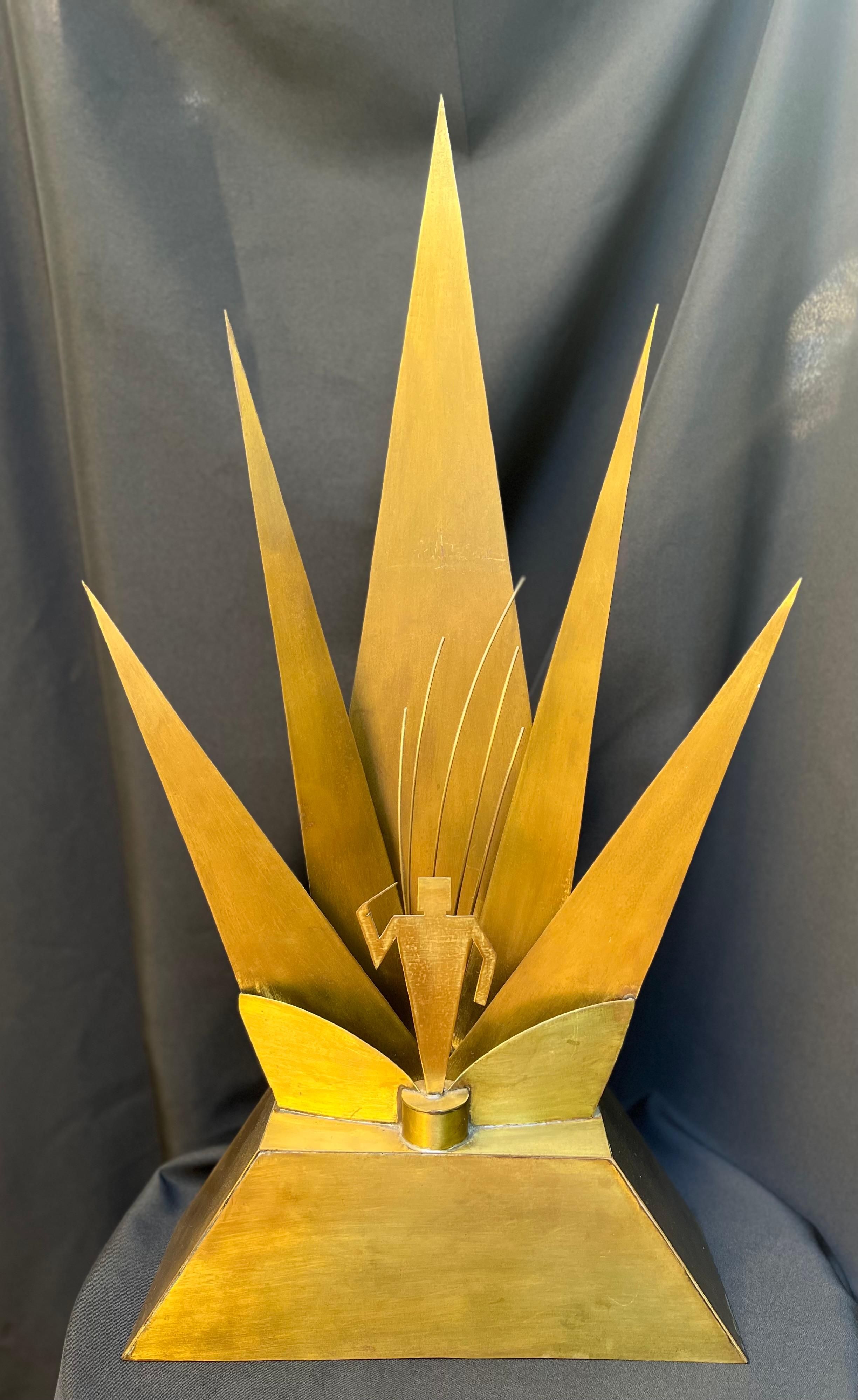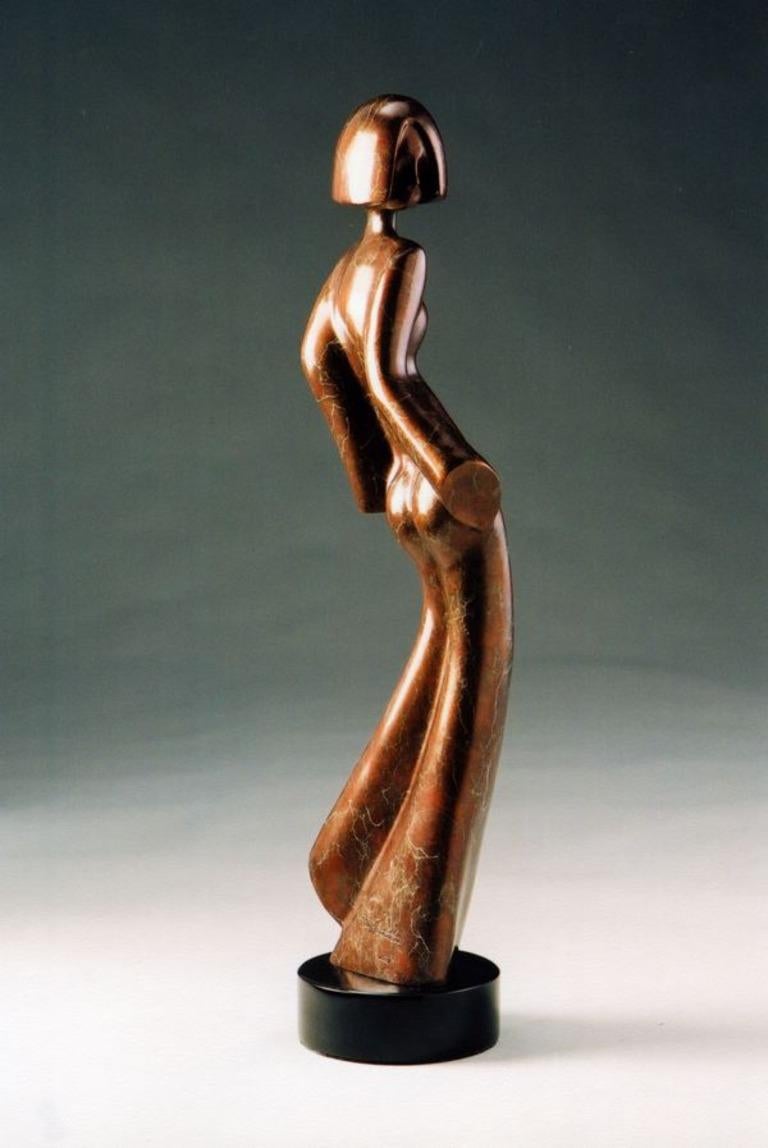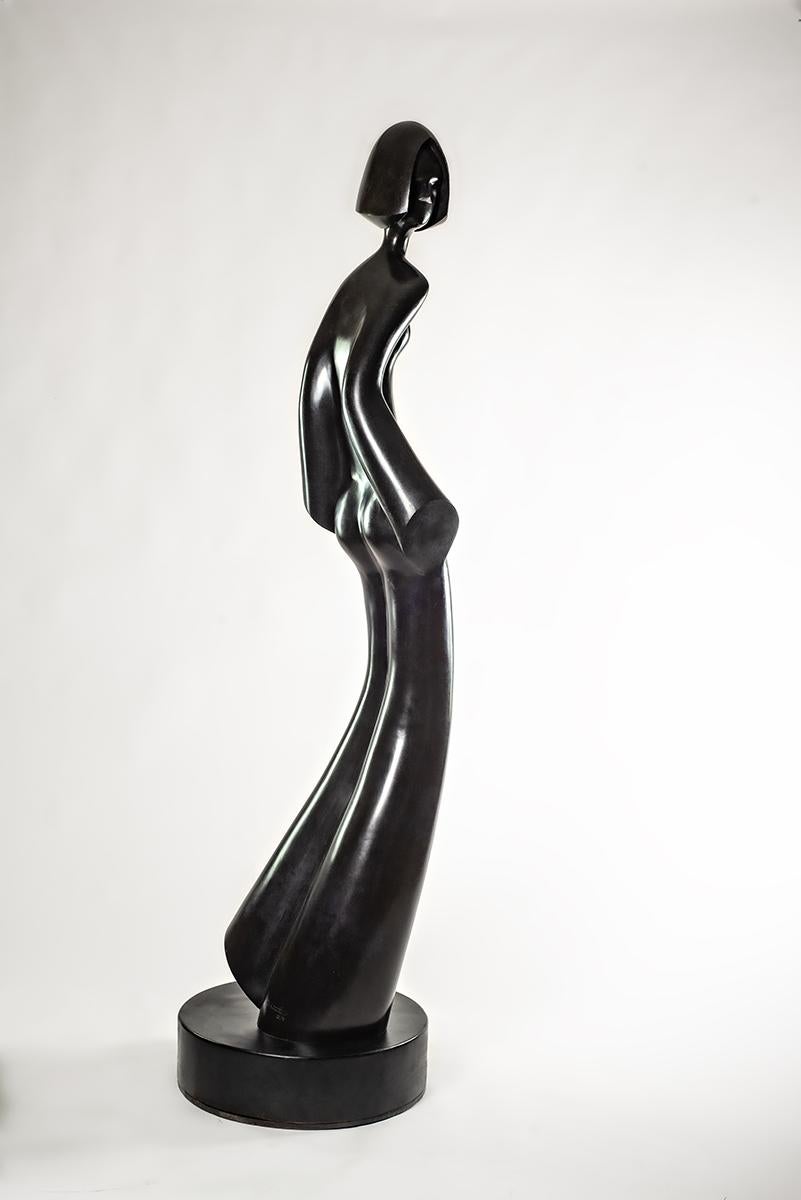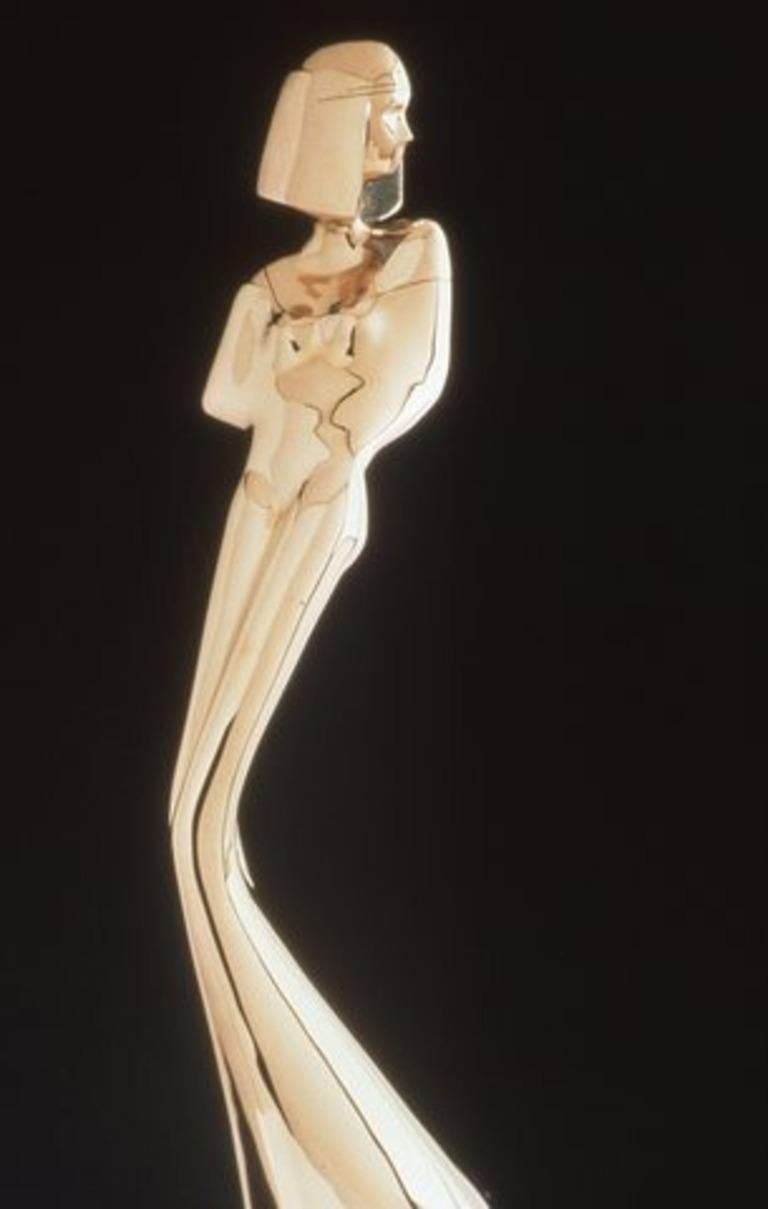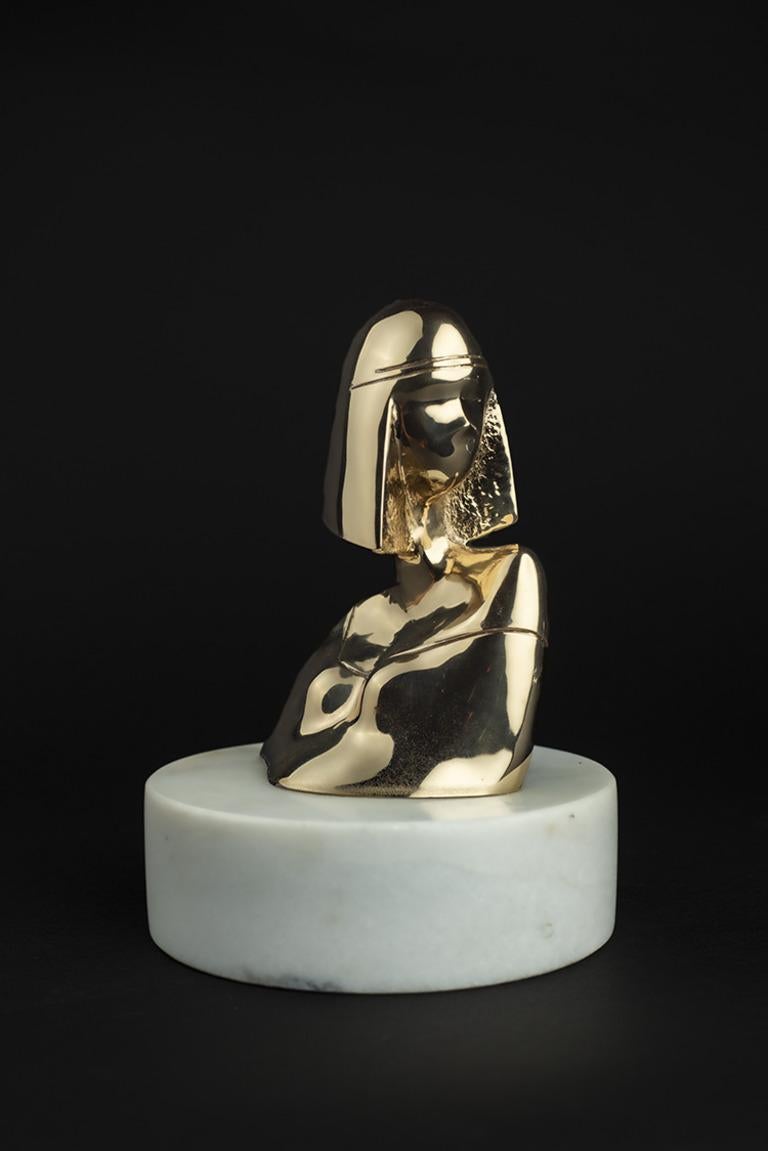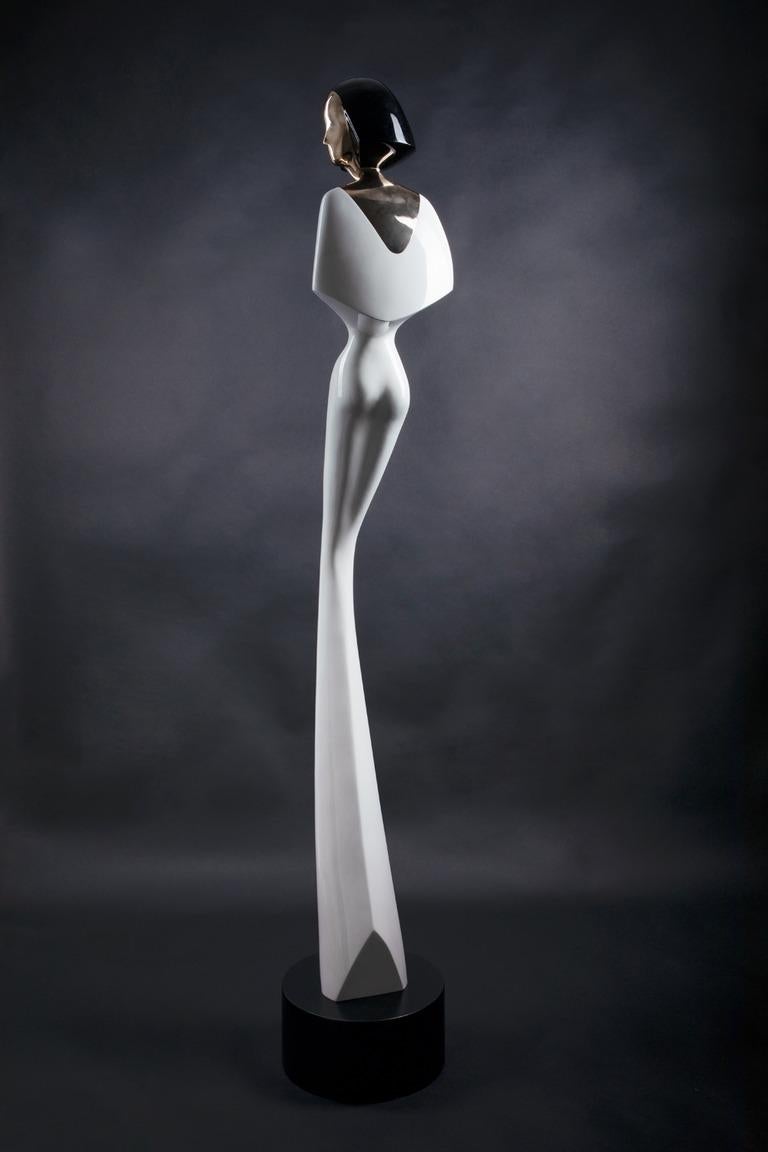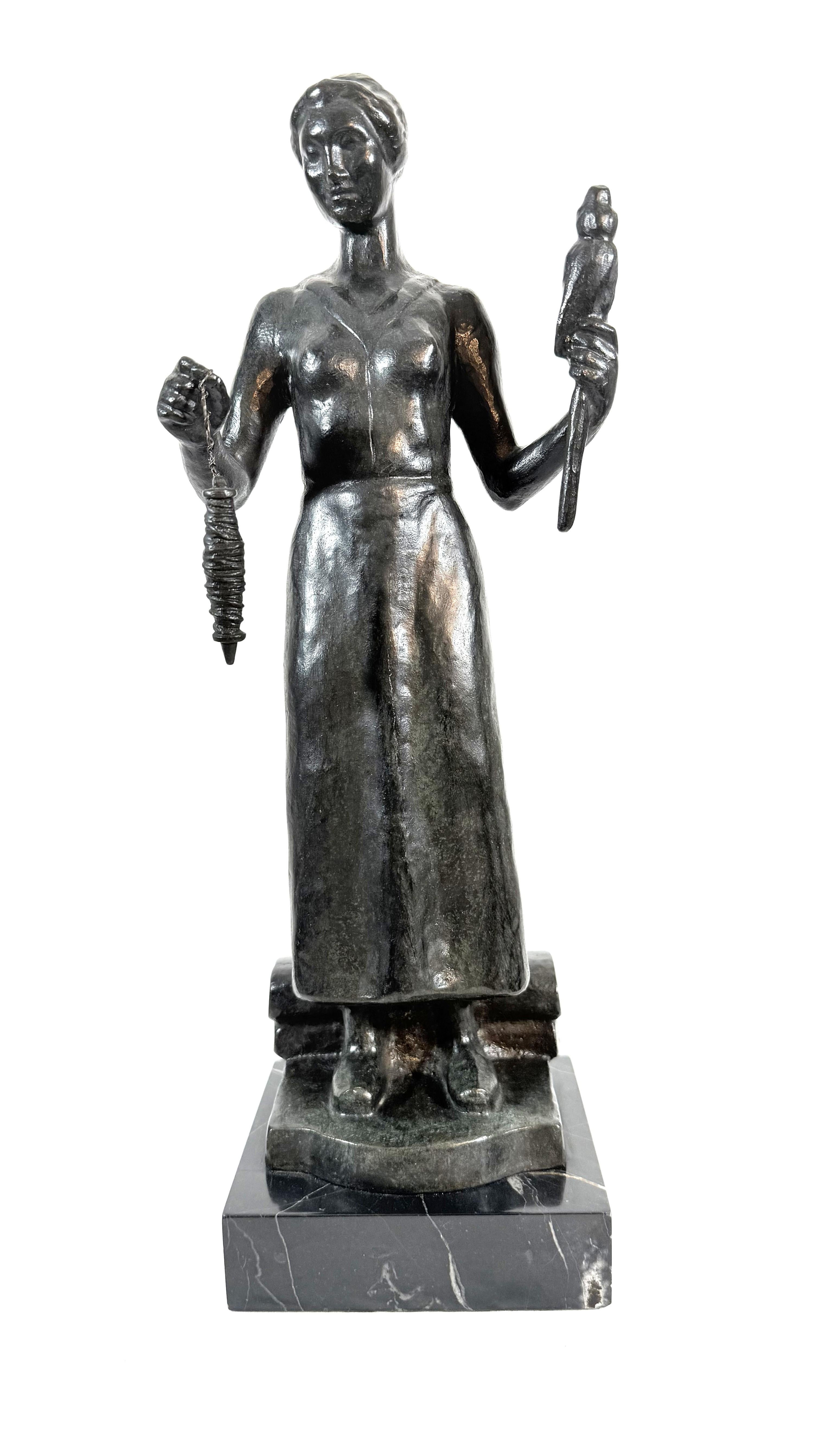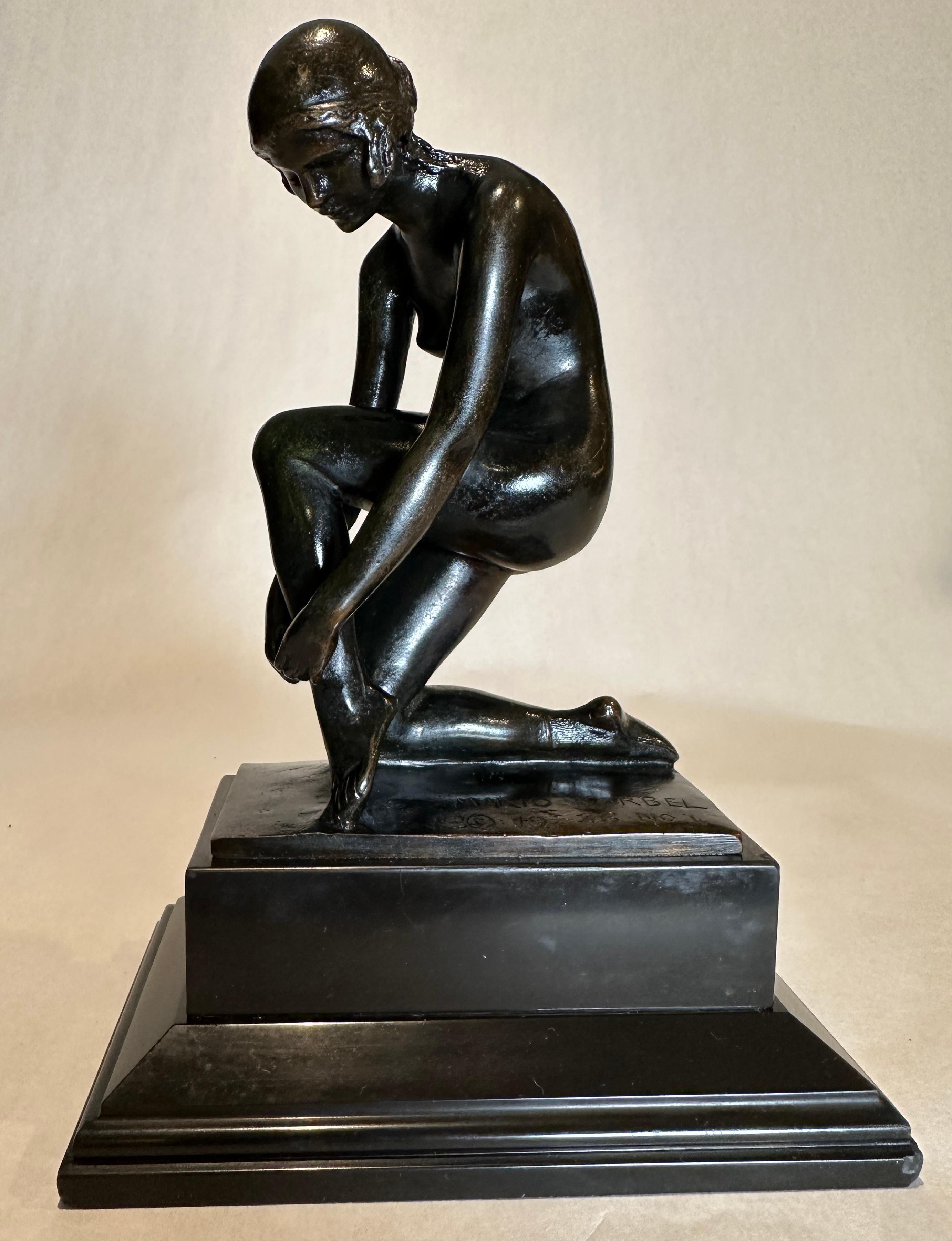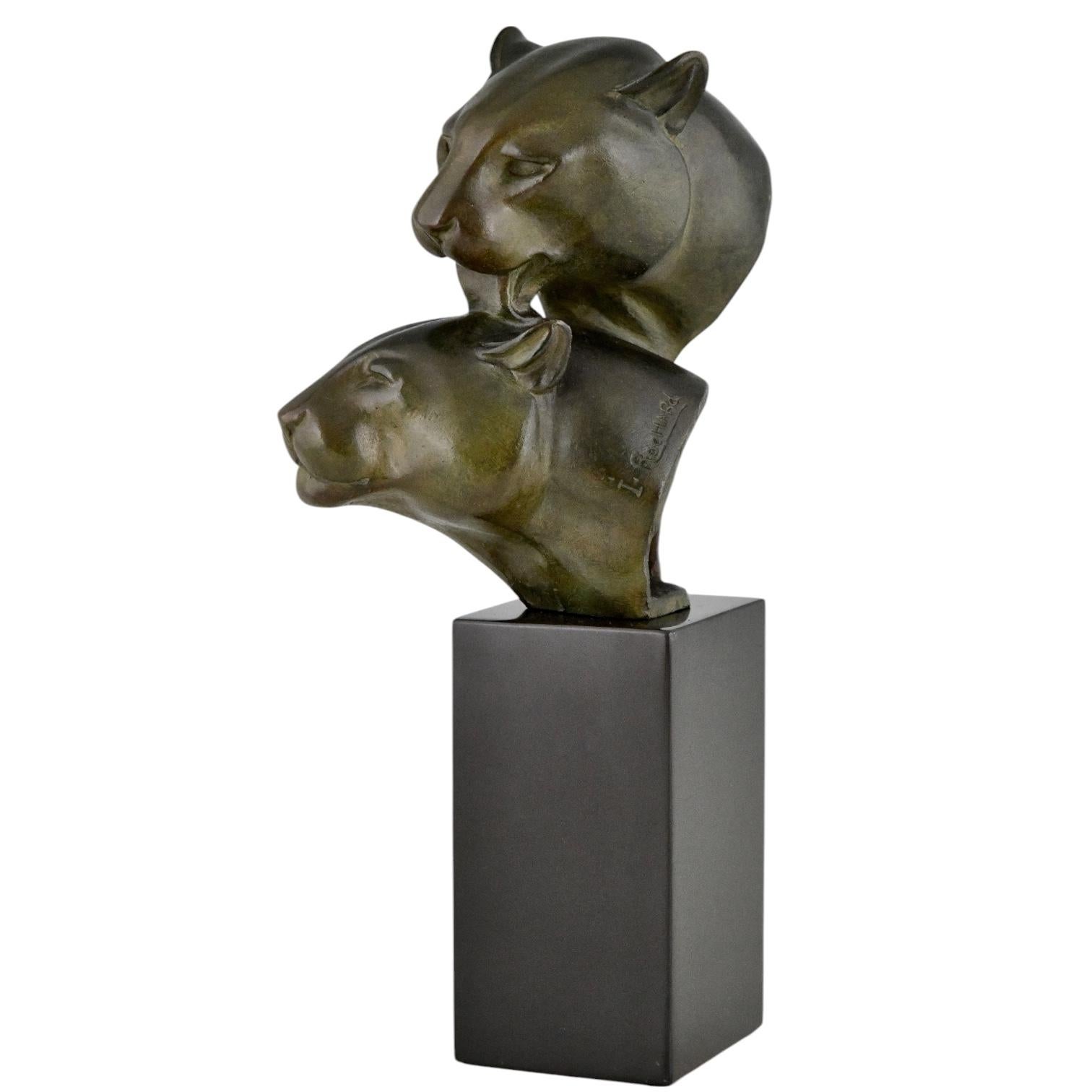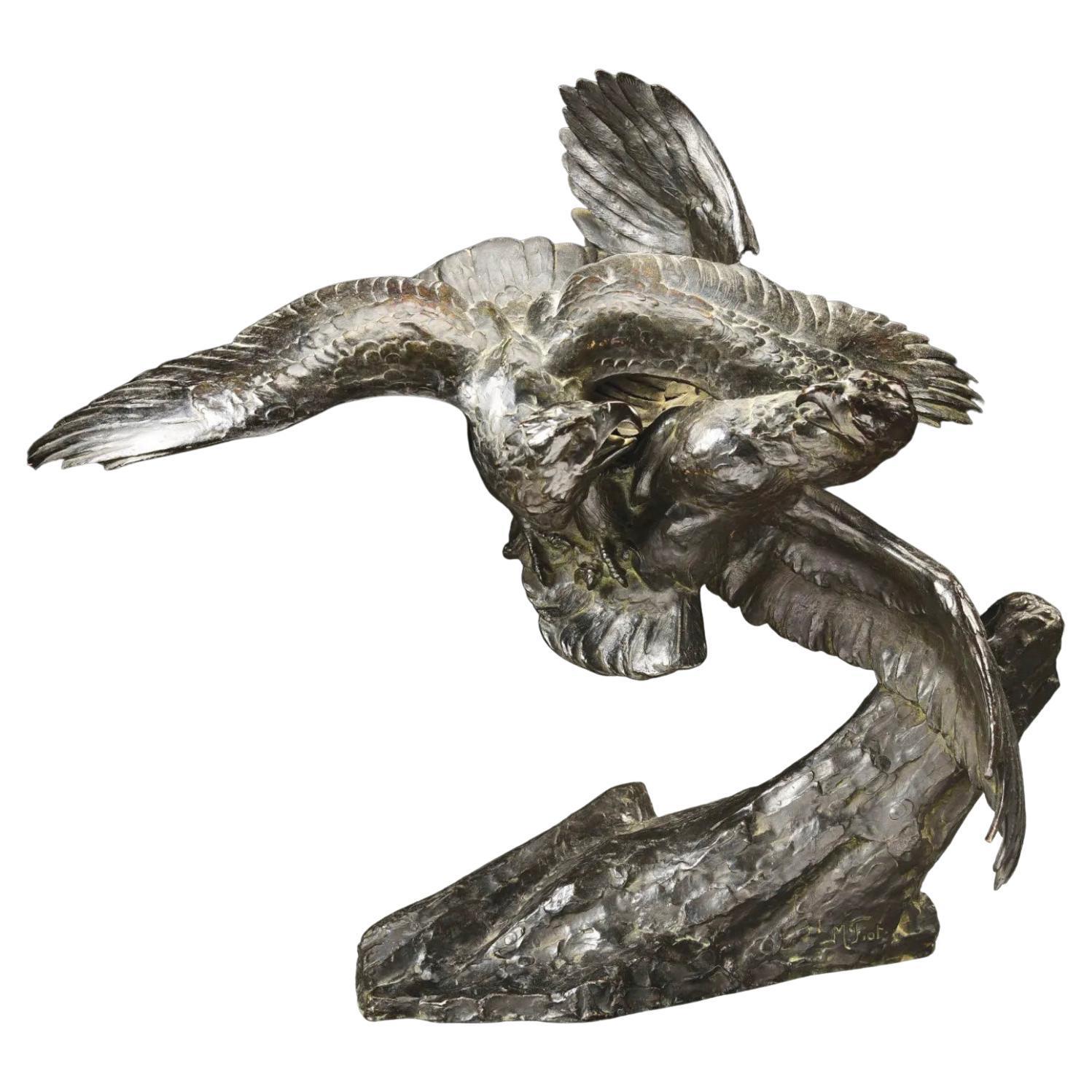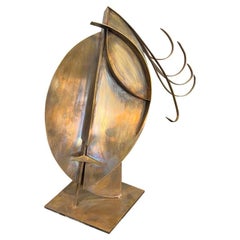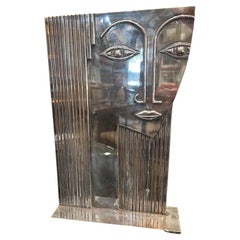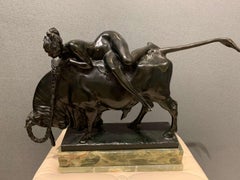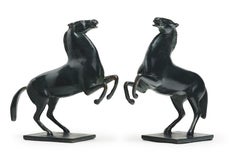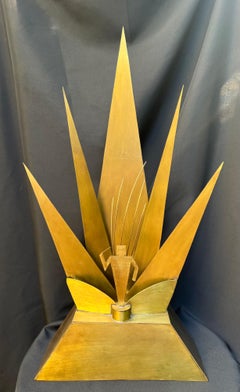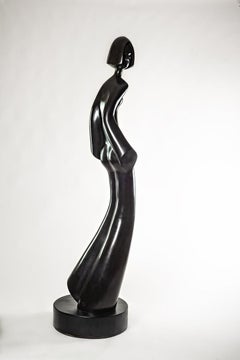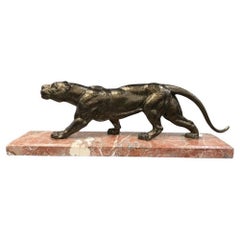
Art Deco Panther Sculpture by D.H. Chiparus
View Similar Items
Want more images or videos?
Request additional images or videos from the seller
1 of 8
D.H. ChiparusArt Deco Panther Sculpture by D.H. Chiparusc. 1930s
c. 1930s
$3,975List Price
About the Item
About the Seller
5.0
Vetted Professional Seller
Every seller passes strict standards for authenticity and reliability
Established in 1972
1stDibs seller since 2017
50 sales on 1stDibs
Authenticity Guarantee
In the unlikely event there’s an issue with an item’s authenticity, contact us within 1 year for a full refund. DetailsMoney-Back Guarantee
If your item is not as described, is damaged in transit, or does not arrive, contact us within 7 days for a full refund. Details24-Hour Cancellation
You have a 24-hour grace period in which to reconsider your purchase, with no questions asked.Vetted Professional Sellers
Our world-class sellers must adhere to strict standards for service and quality, maintaining the integrity of our listings.Price-Match Guarantee
If you find that a seller listed the same item for a lower price elsewhere, we’ll match it.Trusted Global Delivery
Our best-in-class carrier network provides specialized shipping options worldwide, including custom delivery.More From This Seller
View AllArt Deco Panther Sculpture by D.H. Chiparus
Located in Houston, TX
"PANTHER" Sculpture covered in a cold patina. c.1930
Rests on marble base. Inscribed in script: D. H. Chiparus.
Cold patina was very popular in the Art Deco period. The metal: bronze, spelter, etc. would be covered with chemicals to create the brownish tone. Usually ammonium chlorite and cupric chloride was used to achieve the desirable tone. Since the finish was quite fragile and could wear off...
Category
1930s Art Deco Figurative Sculptures
Materials
Metal
Head of a man done by Werkstatte Hagenauer Wien
By Werkstätte Hagenauer Wien
Located in Houston, TX
Sculpture of male head, silvered plated brass.
Inscribed on the bottom, "Werkstätte Hagenauer Wien"
Austria, c. 1930s
16"h x 10.5"w x 3.5"d
Category
1930s Art Deco Figurative Sculptures
Materials
Brass
Sculpture of head done by Werkstatte Hagenauer Wien
By Werkstätte Hagenauer Wien
Located in Houston, TX
Sculpture of a head. Done from patinated bronze.
Inscribed "Werkstatte Hagenauer Wien" on the bottom
Austria, c. 1930s
18"h x 11"w x 11"d
Category
1930s Art Deco Figurative Sculptures
Materials
Bronze
Sculpture of female head done by Werkstatte Hagenauer Wien
By Werkstätte Hagenauer Wien
Located in Houston, TX
Sculpture of female head, silvered plated brass.
Inscribed on the bottom, "Werkstätte Hagenauer Wien"
Austria, c. 1930s
16"h x 10.5"w x 3.5"d
Category
1930s Art Deco Figurative Sculptures
Materials
Brass
Couple of Frogs
By Dan Ostermiller
Located in Houston, TX
Dan Ostermiller is an American sculptor best known for his depictions of animals. As of 2012, he is president of the National Sculpture Society. He resides in Loveland,
Colorado.
...
Category
1990s Other Art Style Figurative Sculptures
Materials
Bronze
Pair of Vases done by Jean Despres
Located in Houston, TX
Jean Eugene Gilbert Despres (1889-1980) was born in Avallon, a small town in Burgundy, where his parents had a small shop selling jewelry and gifts. At the age of 16, he went to Paris to apprentice with a friend of his father, who had a jewelry and metal workshop in the Marais. At night, he studied design. Any spare time was spent in Montmartre, where he met Modigliani, Soutine, DeChirico, Signac, and most important, Georges Braque, who, with Picasso was the founder of Cubism. Despres and Braque became great friends.
Jean Despres was one of the most important French Art Deco designers...
Category
1930s Art Deco More Art
Materials
Brass
You May Also Like
Europa & Zeus
By Bruno Zach
Located in Wien, Wien
Europe & Zeus (divine love)
Europa the daughter of the Phoenician king of Tyre, Agenor and Zeus in love in the shape of the bull.
Bronze, on onyx pedestal
Signed: Bruno Zach
Category
1920s Art Deco Figurative Sculptures
Materials
Bronze
Pair of Prancing Horses, two bronzes signed and numbered by Arno Breker
Located in PARIS, FR
An official artist of the Nazi regime, trained in Montparnasse in the 1930s, Arno Breker continued to sculpt after the fall of the Third Reich, producing large-scale public commissions in Germany and portraits of prominent figures. The two small bronzes presented here, dated around 1978, are part of a long tradition of prancing horses dating back to antiquity. The asymmetrical treatment of the two front legs and the inclination of the head make these two copies of the same artwork a highly decorative pair.
1. Arno Breker, a prolific sculptor, from the Bohemia of Montparnasse to the commissions from the Third Reich ... and from the Federal Republic of Germany
The son of a stone carver, Arno Breker studied fine art and anatomy in his native Elberfeld. At the age of 20, he entered the Düsseldorf Academy of Art. He moved to Paris in 1926, where he continued his training in the studio of Maillol, who dubbed him "the German Michelangelo of the twentieth century". He shared a studio with Alexandre Calder and frequented Jean Cocteau, Foujita, Brancusi, Pablo Picasso and other artists of the bohemian Paris of the time. It was also in Paris in 1933 that he met Demetra Messala, the daughter of a Greek diplomat who posed for Maillol and Picasso, whom he married in 1937. Having won the Prussian Prix de Rome in 1932, he left Paris to stay at the Villa Massimo, the German Academy in Rome.
Returning to Germany in 1934, his style evolved towards a more marked imitation of ancient sculpture. He created two monumental statues for Berlin's Olympic Stadium, before being appointed professor at the Berlin College of Fine Arts in 1937. He came to the attention of the Reich Propaganda Ministry, which awarded him several commissions and provided him with three large studios in which Breker produced many monumental sculptures to the glory of the regime. On June 23, 1940, Breker accompanied Adolf Hitler during a visit to Paris. During the Occupation, his political connections enabled him to intervene on behalf of many artists pursued by the Nazis: for example, he protected Pablo Picasso (then a Communist) from Kommandantur officers.
Most of Arno Breker's work was destroyed in Berlin at the end of the war in 1945 by bombing and intentional destruction perpetrated by soldiers of the victorious powers. After the fall of the Nazi regime, however, Arno Breker was never prosecuted. He opened a new studio in Düsseldorf, where he sculpted until his death in 1991.
He then carried out several public commissions in Germany (Bayreuth, Wuppertal), as well as portraits of numerous personalities, including King Mohammed V of Morocco, Léopold Sedar Senghor (commissioned by the Académie Française in 1978) and the two chancellors of the Federal Republic of Germany, Konrad Adenauer and Ludwig Erhard. The Arno Breker Museum in Nörvenich is now exhibiting some of his artworks.
2. Related artworks: from the Wild Horses of the Quirinal to the Horses of Marly
The prancing horse is a major iconographic theme, found in a series of sculptures from Antiquity, the Renaissance and the Classical Age. Various photos from Arno Breker's studio in Berlin confirm the predominant place of equine representations in his work (alongside male nude statues), and confirm that this reduced version created in 1978 is part of the artist's preferred repertoire.
Prancing horses are generally associated with a male figure in a group that, through a reference drawn from Antiquity, symbolizes man's domination over nature. In this respect, it is very interesting to compare our small bronzes with the horse forming part of a large sculpture by Arno Breker (made in 1936 and probably destroyed in 1945) depicting Alexander taming Bucephalus.
This statue is itself directly inspired by one of the best-known works of 18th-century French sculpture...
Category
1970s Art Deco Figurative Sculptures
Materials
Bronze
Music (attributed)
By Philip Kran Paval
Located in Los Angeles, CA
This sculpture is part of our exhibition America Coast to Coast: Artists of the 1930s
Music (attributed), brass and wire construction, c. 1936, 28 x 14 x 5 inches; perhaps exhibited at Hollywood Riviera Gallery, 1936 (third prize); provenance includes Estate of Jon Spencer Helfen (Los Angeles, CA
About the Sculpture
In 1935, Philip Paval bought a box of metal in a “blind auction.” Paval, a painter, sculptor, and jeweler, had hoped the box contained silver. To his dismay, it was brass. Seeing an opportunity, Paval started to make sculptures from the brass sheets. His subjects included Cinema, Hollywood, Radio, Dance, Aviation and Music. The works were well-received with the Hollywood crowd and critically acclaimed. Actor and comedian, Ben Bard, purchased four of them for his theater, and novelist and screenwriter, Vicki Baum ordered four more for her drawing room. Movie director King Vidor also purchased them. Los Angeles Times art critic, Arthur Millier, described Paval’s “contraptions” as “ingenious, decorative, different.” Paval exhibited these works for several years in the late 1930s, including at the American Artists’ Congress Gallery in Los Angeles in an exhibition called Formalism and Abstraction in 1938 and at a solo show at Stendahl Galleries in 1939. The appeal of these works must have been irresistible, as a 1936 Los Angeles Times article noted, “Two feet of brass art has been stolen from the Hollywood Riviera Galleries. The work is an abstraction. It portrays the spirit of music and rested on the grand piano in the main hall. The work of Philip Paval, it won third prize in the current gallery exhibition at the gallery.” One can only wonder whether this is the “contraption” which was pilfered from the gallery nearly one hundred years ago. Given the description of the work, its subject matter and size, it seems likely.
About the Artist
Philip Paval was a sculptor, painter, and jeweler. Born in Denmark, Paval was apprenticed to a silversmith and studied art in Denmark. He immigrated to the US in 1919 and first worked as a merchant seaman in New York. The following year, Paval settled in Los Angeles where he later opened his own jewelry shop featuring works he designed and produced. Paval became a favorite in the entertainment world, making a good living selling silver...
Category
1930s Art Deco Figurative Sculptures
Materials
Brass
Woman, Black, Abstract, Twist, Dance, Gown, Art Deco, Garden, By Commission
By David Hostetler
Located in Nantucket, MA
Summertime Lady is back to the gallery on consignment. Outstanding focal point for front entry of your home or garden. Flowing curves, elongated form, definitive gaze and the ultimat...
Category
Early 2000s Art Deco Figurative Sculptures
Materials
Bronze
David Hostetler Sculpture Bust Female Polished Bronze Art Deco Commission Only
By David Hostetler
Located in Nantucket, MA
This bronze bust can be commissioned. It will take approximately 3 months to cast. The marble base can be ordered in white or black. Sensuous Woman Maquette is a highly polished bronze casting sealed with automotive clear coat-Glasurit. It never needs to be polished. It is the bust of...
Category
2010s Art Deco Figurative Sculptures
Materials
Bronze
David Hostetler Female Figurative Sculpture BMW Car Paint Art Deco Commission
By David Hostetler
Located in Nantucket, MA
By Commission. Casting and custom paint will take approximately 4 months. I have to get in line with my paint expert. Cape Lady is a polished bronze casting painted with Glasurit, a hand sprayed car paint. It is BMW white and BMW black. It is a limited edition of 15 with 2 artist proofs. The current edition available would be 6/15. It was cast from an original wood carving by David Hostetler...
Category
2010s Art Deco Figurative Sculptures
Materials
Bronze
